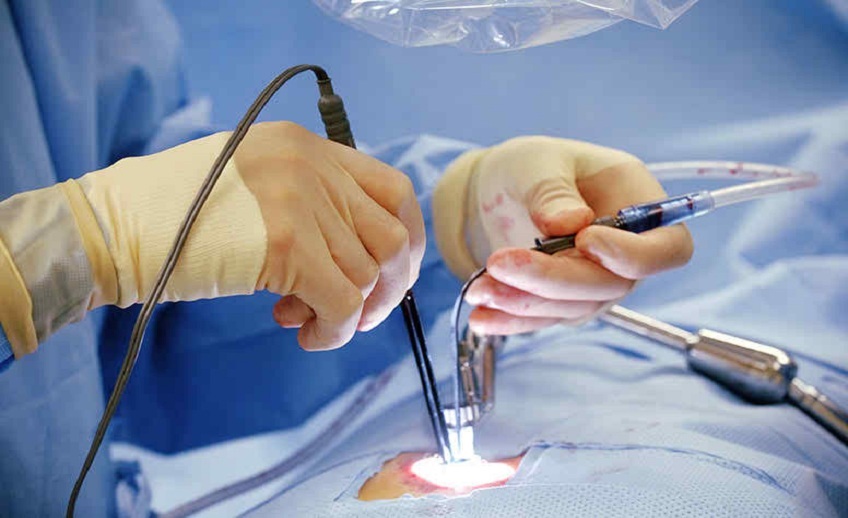Conditions affecting the spine, including herniated discs, spinal stenosis, and degenerative disc degeneration, can be treated with minimally invasive endoscopic spine surgery. Some potential benefits of endoscopic spine surgery over conventional open surgery are shorter recovery times, less discomfort, and less scarring.
However, to get the most out of your surgery, it is essential to undergo rehabilitation and therapy after bearing the spinal surgery cost (ผ่าตัด กระดูกสันหลัง ราคา, which is the term in Thai). The therapeutic process following endoscopic spine surgery is to be focussed upon. Let us look at some tips for herniated discs’disc’s endoscopic surgery aftercare.
5 Therapeutic Tips For Aftercare
· Physical Therapy
Following endoscopic spine surgery, patients must undergo physical therapy as part of their rehabilitation process. Your therapist will help you create a personalised exercise and movement plan to increase your mobility, strength, and flexibility. Walking, standing, and modest stretching may be the primary focuses of physical therapy at the outset. According to your therapist, exercises will get more challenging and intense as you progress.
· Pain Management
It is expected to cause some pain and discomfort during endoscopic spine surgery, even though it is less intrusive compared to traditional open surgery. To alleviate your pain, your doctor may likely prescribe medication. Heat and cold therapy, massage, acupuncture, or other pain management approaches are necessary when your body tolerates pain medication.
· Support For Your Emotions
Any surgery, no matter how little, can impact your mental health. Anxiety, frustration, and depression are normal emotions for patients to go through while they heal. You can get emotional support and learn coping mechanisms from your therapist, who can also assist you in managing these feelings.
· Getting Back To Work
It may be challenging to go back to work after endoscopic spine surgery, especially if your job requires you to sit for lengthy periods or perform manual labour. Together, you and your therapist will determine the unique needs of your workplace and create a plan to get you back to work as soon as possible. To facilitate a painless return to work, they may also offer ergonomics guidance and possible workplace adjustments.
· Ongoing Management Of Symptoms
Endoscopic spine surgery, like any surgical operation, aims to do more than alleviate pain and restore mobility; it also aims to promote overall health and wellness in the long run. Your therapist will create a maintenance programme that includes regular check-ins to keep you on track, address any concerns, and ensure you’re managing any new symptoms or problems.
Conclusion
Patients now have an option besides open spine surgeries: endoscopic spine surgery. On the other hand, therapy and rehabilitation are essential for the best possible outcomes. Psychological support, pain relief, and ongoing care are just a few of the many advantages of treatment following endoscopic spine surgery that go well beyond the patient’s physical recovery.
Have a conversation with your surgeon about the spinal surgery cost, rehabilitation and therapy that will follow your endoscopic spine surgery. Make sure to choose a therapist who is well-versed in the procedure and can help you return to your routine after surgery.








